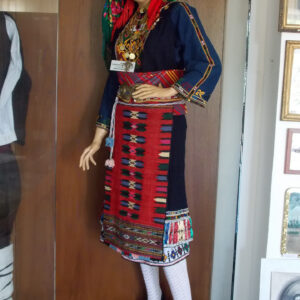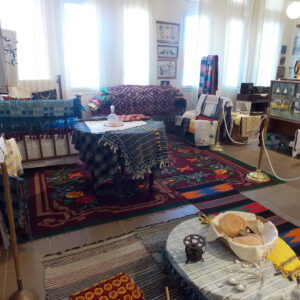THE MODERN HISTORY OF GOUMENISSA
In the Macedonian Struggle (1903-1908) is memorable the action of local chiefs such as the Dogiamas brothers, Naoumi, Sionidis, Karaiskakis, but also Greek army officers such as Moraitis, Frangopoulos, Papadopoulos, Kapoulidis and others. The action of the spiritual world of the area was also important, such as the teacher Ioannis Pitsoulas, who was hanged by the Bulgarian army, as well as the doctor Angelos Sakelarios, head of the Hellenic Committee of Goumenissa, who was a personal friend of Ionas Dragoumιs and corresponded with Pavlos Melas.
Ion Dragoumis visited Goumenissa twice.
Goumenissa was liberated on October 23, 1912 in the battle of Giannitsa. At the beginning of the 20th century, the Greek population of the region strengthened with the arrival of refugees from Asia Minor and the Slavic minorities were assimilated over the years. During World War II, Goumenissa was under German occupation from April 1941 to October 1944. In the 1950s, the city’s inhabitants followed the migratory flows to the USA, Canada, Australia, West Germany, and in Thessaloniki and Athens.
In the wider area of Goumenissa, picturesque, historic villages perched in Paiko are waiting for the visitor to discover them. These are the villages: Griva, Kastaneri, Karpi, Filyria, Pentalofo and Stathi.

















































